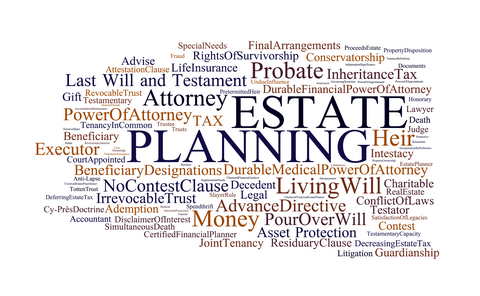IRS Says Increased Gift and Estate Tax Exclusion Won’t Harm Estates After 2025
In general, gift and estate taxes are calculated, using a unified rate schedule, on taxable transfers of money, property and other assets. Any tax due is determined after applying a credit – formerly known as the unified credit – based on an ...
Nov. 27, 2018

Taxpayers taking advantage of the increased gift and estate tax exclusion amounts in effect from 2018 to 2025 will not be adversely impacted after 2025 when the exclusion amount is scheduled to drop to pre-2018 levels, according to the IRS.
The Treasury Department and the IRS issued proposed regulations which implement changes made by the 2017 Tax Cuts and Jobs Act (TCJA). As a result, individuals planning to make large gifts between 2018 and 2025 can do so without concern that they will lose the tax benefit of the higher exclusion level once it decreases after 2025.
In general, gift and estate taxes are calculated, using a unified rate schedule, on taxable transfers of money, property and other assets. Any tax due is determined after applying a credit – formerly known as the unified credit – based on an applicable exclusion amount.
The applicable exclusion amount is the sum of the basic exclusion amount (BEA) established in the statute, and other elements (if applicable) described in the proposed regulations. The credit is first used during life to offset gift tax and any remaining credit is available to reduce or eliminate estate tax.
The TCJA temporarily increased the BEA from $5 million to $10 million for tax years 2018 through 2025, with both dollar amounts adjusted for inflation. For 2018, the inflation-adjusted BEA is $11.18 million. In 2026, the BEA will revert to the 2017 level of $5 million as adjusted for inflation.
To address concerns that an estate tax could apply to gifts exempt from gift tax by the increased BEA, the proposed regulations provide a special rule that allows the estate to compute its estate tax credit using the higher of the BEA applicable to gifts made during life or the BEA applicable on the date of death.
Treasury and IRS welcome public comment, and the proposed regulations provide details on how to submit comments.
More information about this and other TCJA provisions can be found on the Tax Reform page on IRS.gov.
